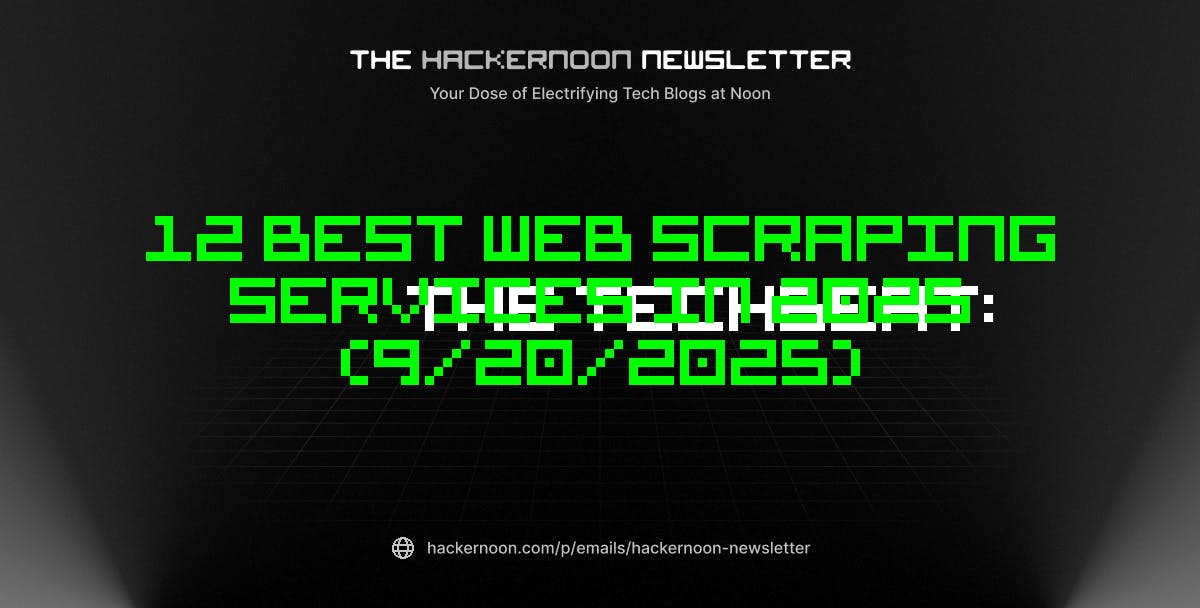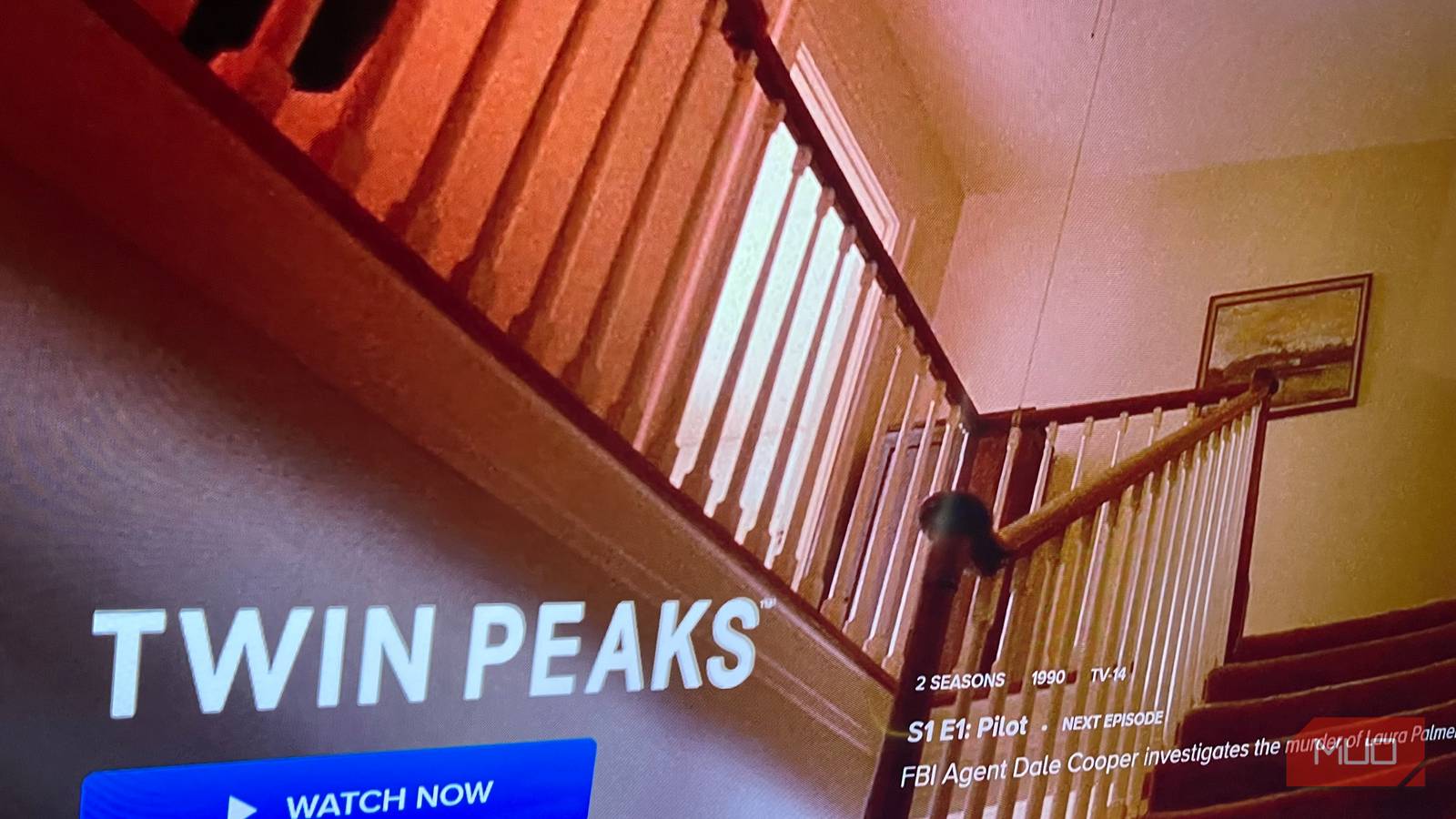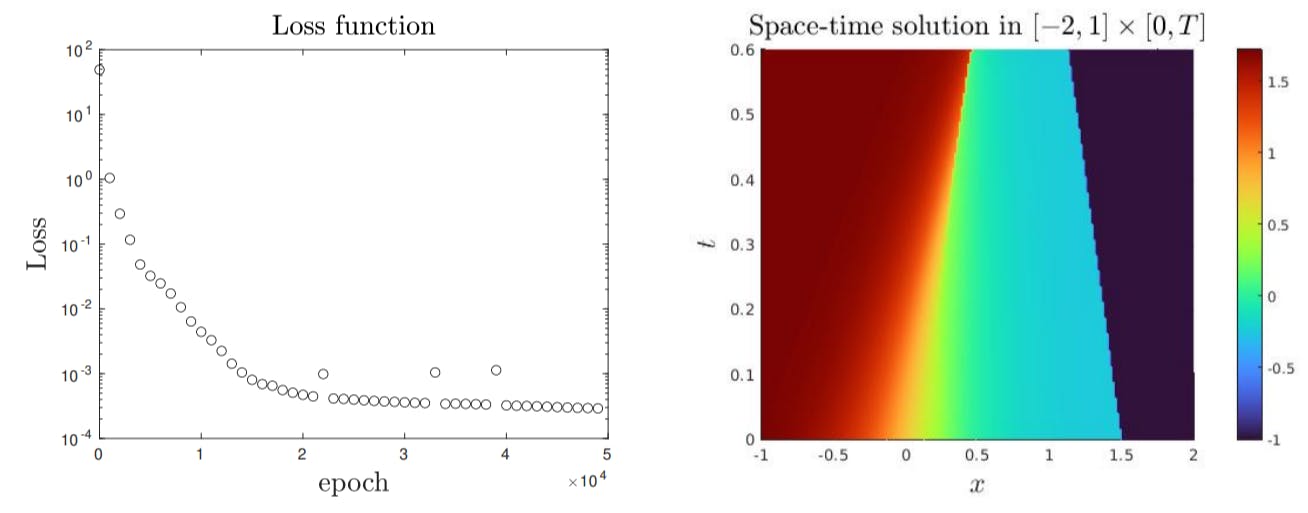Since it’s a portable Linux computer, the Steam Deck offers a metric ton of customization options right out of the box. There are a lot of ways to make it the ideal machine for your particular brand of gaming. Add custom joystick caps, slap on a case, or you can even replace the screen via DIY. On the software front, you can adjust a wide variety of settings for whatever you want to do. Whether that’s emulation, PC gaming, or streaming from another platform or console like Xbox. Not to mention, the Deck handles older PC games well, along with a host of newer titles, so there’s always something to play.
But just because there are a lot of settings available to change and personalize doesn’t necessarily mean you should. A better way to put that would be to say that sometimes, adjusting or ignoring certain settings may result in a sub-par experience. That’s precisely why individual game performance profiles exist and why you can create them. You can establish core settings on a game-by-game basis instead of being confined to one, system-level settings profile.
While you’re customizing those game profiles, you should know there are some settings that may ruin your Steam Deck experience if you don’t know what you’re doing or ignore them outright.
Leaving the dead zone as-is
If you’re not aware, a joystick’s dead zone is the area around the stick module where inputs are not registered. In other words, the bigger the dead zone, the more you need to move the joysticks to move your character, look around, or register controller interactions.
The Steam Deck’s default 8,000 dead zone is set quite high. Lowering this setting to something that feels more responsive and more comfortable will vastly improve your Steam Deck experience. Between 2,000 and 3,000 dead zone are recommended setpoints, but it’s best to experiment and find a position that feels good to you. Testing multiple games should give you a good idea of what dead zone range is most comfortable for you.
To change this, press the Steam button and navigate to Settings > Controller > Calibration & Advanced Settings. You can adjust the dead zone for the right and left joysticks individually. While you’re adjusting the level(s) you can also test out your new setting by pressing the Y button and moving the respective joystick. In this menu, you can also adjust gyro movement calibration and haptics settings.
Not using FPS limits
Everyone wants the highest frame rate possible because it looks good. With consoles and the Steam Deck, sometimes the hardware can limit the screen’s frame rate, also known as frames per second (FPS). Either the GPU or CPU can’t keep up with the power required, or it may be out of sync with the display, so you get stuttering, screen tearing, or worse. While you can set the frame rate to a smooth 60 FPS, sometimes that’s too high for next-gen games like “Cyberpunk 2077” or “Elden Ring” running on Steam Deck. Furthermore, less demanding titles may be capped to 30 FPS, in which case, you’re just wasting performance. Limiting the frame rate can prolong battery life and sometimes achieve better performance with less stuttering or visual lag.
The best way to do this is to use per-game profiles to adjust frame rate limits on a case-by-case basis. It has the added benefit of preserving those settings for later, so any time you relaunch the affected game, your settings are redeployed. You can also set a global FPS cap which limits the frame rate in all games; just skip the game profile creation.
First, launch the game you want to adjust. When you get to a menu or stopping point, press the menu button (three dots) then scroll to the Performance menu (power icon). From there, select the Use per-game profile toggle. It should create a profile for the game you have open. Below that toggle, adjust the Frame Limit to the value you want, such as 30 FPS. That’s it: It automatically saves your settings, and every time you launch the game, your frame limit(s) will be active.
Treating Steam’s Verified tag as gospel
While not exactly a system setting, or anything you need to configure, the Steam team tries to make things a little easier by listing games as “verified” or “playable” on Steam deck. There’s one problem with these tags; they’re not reliable. When you visit the store page for a game, about halfway down or off to the side, you’ll see these tags labeling the game’s Steam Deck status. Some games that are listed as “verified” run poorly, refuse to run at all, crash, or have some major issues. Other games that are listed as “unplayable” actually work better than some of the vetted titles. So, what’s the solution?
There are a couple of options at your disposal. First, don’t be afraid to experiment and try games out for yourself. You’ll encounter a lot of game surprises when a title boots and works perfectly when you didn’t expect it to. Alternatively, you can use ProtonDB to look up games, since this crowdsources user reports of games that work well on Steam Deck. You can do that from a desktop or phone, or if you’re ambitious, you can do it from the Steam Deck directly after you install Decky loader and the ProtonDB plugin.
As a bonus, when using the plugin, it works with games in your library. You’ll see a designated badge at the top of game pages with a color that denotes their compatibility status, like silver, gold, or platinum. ProtonDB can have some misleading labels at times, too, but at times, it’s far superior to what Steam offers.
Ignoring TDP control and half rate shading
When it comes to more technical settings and implementations, some players may feel intimidated, but there’s no reason to be. For example, two useful performance settings called TDP Limit and Half Rate Shading can squeeze out a little more performance, depending on how they are used. They can also prolong your Steam Deck experience when used with less demanding games. If you’re on a long flight with no portable power, you need all the battery life you can get.
TDP stands for “Thermal Design Power” and has to do with the maximum heat generated by a chip or CPU. Adjustments to this setting will limit processing power to reduce heat and improve battery life. Basically, you’re limiting the wattage that the system can draw from the battery for power. For AAA and more hardware-intensive games, it’s best to leave it alone; but for less demanding games, you can set a limit to improve battery life and play longer with minimal negative effects on performance.
Half rate shading, on the other hand, reduces visual fidelity to conserve resources (while also preserving battery life) by using a form of variable shading supported by NVIDIA and AMD hardware; and the Steam Deck uses an AMD Zen 2 + RDNA 2 chipset. Half rate shading allocates more power to primary or prominent pixels while reducing power, rendering the visuals at half the normal shading resolution. This can have varying effects, like making some games look low resolution or washed out, but it also improves performance, love it or hate it. That’s what makes the Steam Deck so versatile. You can adjust settings to match how you want to play: whether that’s longer sessions with less power siphoned for visuals, or maximum performance with the best visual fidelity the hardware can muster.
Play games and stop tinkering, or try some other minor settings
This one is a no-brainer. But if you spend a lot of time tinkering, installing plugins, emulators, messing with performance settings, testing games, all you’re really doing is the exact opposite of why the Steam Deck exists. Don’t forget to sit down and enjoy playing some games: It doesn’t matter what titles, what frame rate, or where you are, just don’t forget to set aside some time to actually enjoy that beast of a device you own.
You’d be surprised how easy it is to get caught up in the tinkering and customization aspects. No, it may not ruin your Steam Deck experience if it’s something you love to do, but you’re not enjoying the device to its fullest potential either. Game on, folks.
Some other quick tricks:
- Hold down the Steam button to see a list of button-press shortcuts you can use.
- After launching a game, press the Steam button to access controller configuration options. You can customize what the rear paddle buttons do here, or load a community-optimized controller layout.
- Use AMD’s FidelityFX Super Resolution (FSR) in any game by lowering the resolution, opening quick settings with Menu (three dots), scrolling to Performance, and selecting FSR under the Scaling Filter section.
- Desktop mode sometimes works best for games. To get there, press the Steam button and navigate to Power > Switch to Desktop. To get back, just double-click the Return to Gaming Mode shortcut on the desktop.










